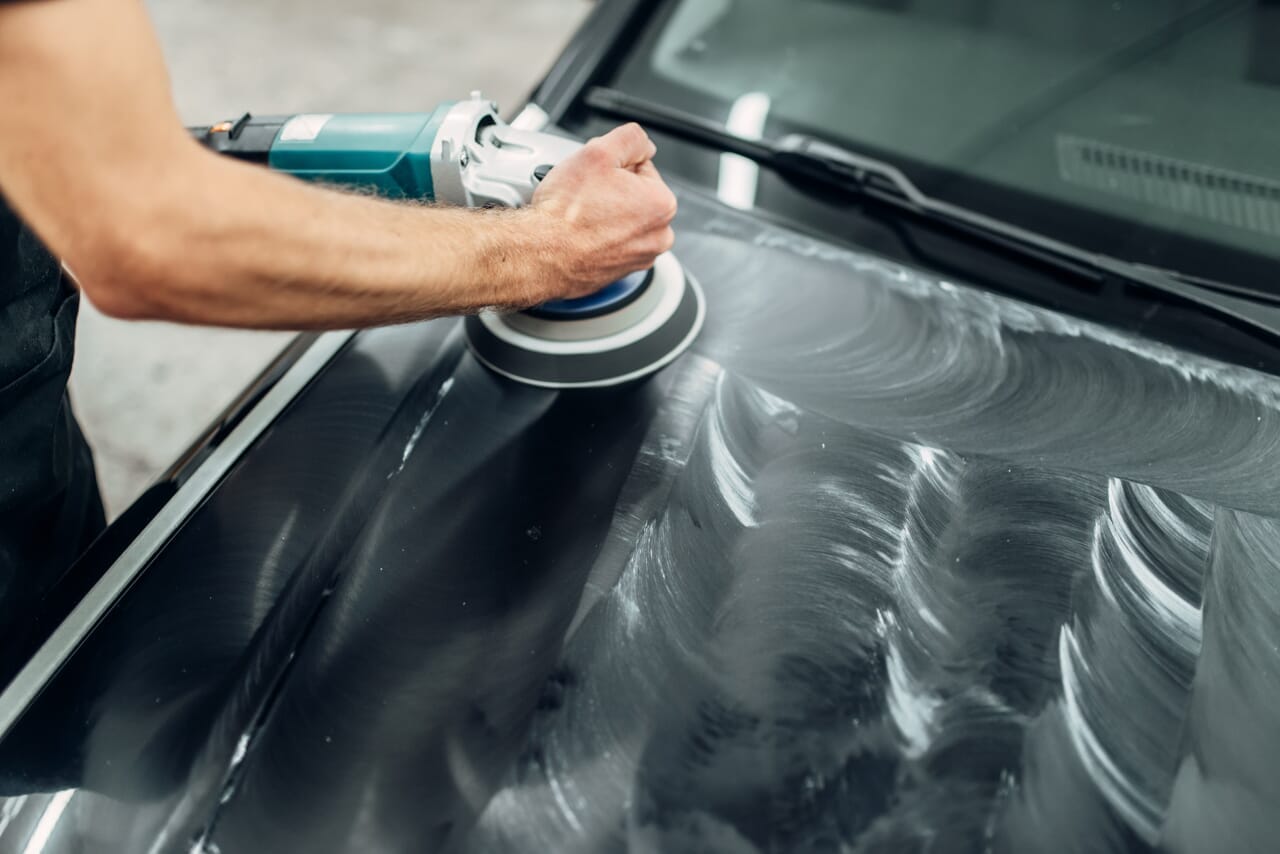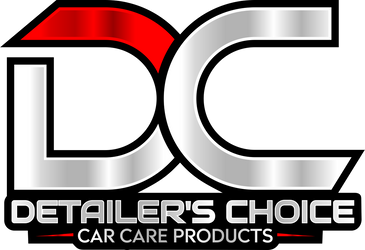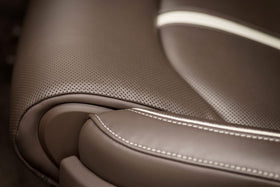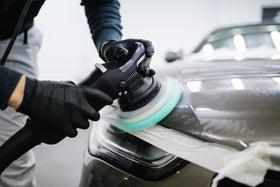
The Evolution of Polishing Products in Automotive Detailing
Choosing the Right Polishing Product for the Job: A Comprehensive Guide
The history of compounds, polishes, and glazes in automotive detailing dates back many decades, with early versions of these products containing abrasive materials like pumice or fine sand. However, these early products could be harsh on paint and could cause significant damage if used improperly. Over time, the formulation of polishing products has evolved to include less abrasive materials and more advanced chemical compounds that can effectively remove imperfections without damaging the paint.

Types of Polishing Products
Today, there are several different types of polishing products available for use in automotive detailing, including compounds, ultra-fine compounds, polishes, and glazes.
Compounds: Compounds are the most aggressive polishing products and are designed to remove deep scratches and heavy imperfections in the paint. They contain abrasive materials that cut into the paint to remove imperfections, but can also be harsh on the paint if used improperly.
Ultra-Fine Compounds: Ultra-fine compounds are less aggressive than traditional compounds and are designed to remove minor imperfections in the paint. They contain finer abrasive materials that are gentler on the paint and provide a smoother finish.
Polishes: Polishes are designed to refine the paint after using a compound or ultra-fine compound. They contain chemical compounds that remove light imperfections and bring out the shine in the paint.
Glazes: Glazes are designed to add depth and shine to the paint and are typically applied after polishing to enhance the final appearance of the car. They contain advanced chemical compounds that can create a deep, wet-looking shine without the need for wax or sealants.
Choosing the Right Product
Choosing the right polishing product for the right job can be a daunting task, but there are a few key factors to consider.
Level of Imperfections: It's important to consider the level of imperfections on the paint. If the paint has significant scratches or swirl marks, a more aggressive product like a compound may be necessary to remove them. If the imperfections are more minor, a less abrasive product like an ultra-fine compound or polish may be more appropriate.
Type of Paint: Some polishing products are specifically formulated for use on certain colored paints. For example, a product designed for use on black paint may not work as effectively on white paint. It's important to read the manufacturer's recommendations and choose a product that is suitable for the color of the car.

Equipment: It's also important to consider the equipment being used. Rotary polishers provide a more aggressive cutting action than dual-action polishers, but they can also be more difficult to use and require more skill to avoid damaging the paint. Dual-action polishers are more user-friendly and provide a gentler cutting action, but they may not be as effective at removing deep scratches and heavy imperfections.
Tips for Using Polishing Products
When using a polishing product, it's important to follow the manufacturer's instructions carefully. Overuse or improper use of polishing products can lead to damage to the paint or other parts of the car. It's also important to use the correct technique, such as applying the product in overlapping passes and using the correct pressure and speed.
Glazes: In addition to compounds and polishes, glazes have also become popular in automotive detailing in recent years. Glazes are designed to add depth and shine to the paint, and are typically applied after polishing to enhance the final appearance of the car. Modern glazes often contain advanced chemical compounds that can create a deep, wet-looking shine without the need for wax or sealants.

Conclusion
Choosing the right polishing product for the right job is crucial for achieving the best results and avoiding damage to the paint. Factors to consider include the level of imperfections, the type of paint, and the equipment being used. It's also important to follow the manufacturer's instructions carefully and to use the correct technique.
By understanding the different types of polishing products available and how to choose the right one for the job, automotive enthusiasts can achieve professional-level results and enhance the appearance of their cars. With the use of modern polishing products, it's easier than ever to remove imperfections and bring out the shine in the paint, while minimizing the risk of damage to the car.
Whether you're a professional detailer or a car enthusiast, choosing the right polishing product is essential for achieving the desired results. With a variety of compounds, ultra-fine compounds, polishes, and glazes available, it's important to choose the right product for the job and to use it properly. By following these guidelines and taking the time to select the right product and equipment, anyone can achieve a flawless, showroom-quality finish on their car.



Leave a comment